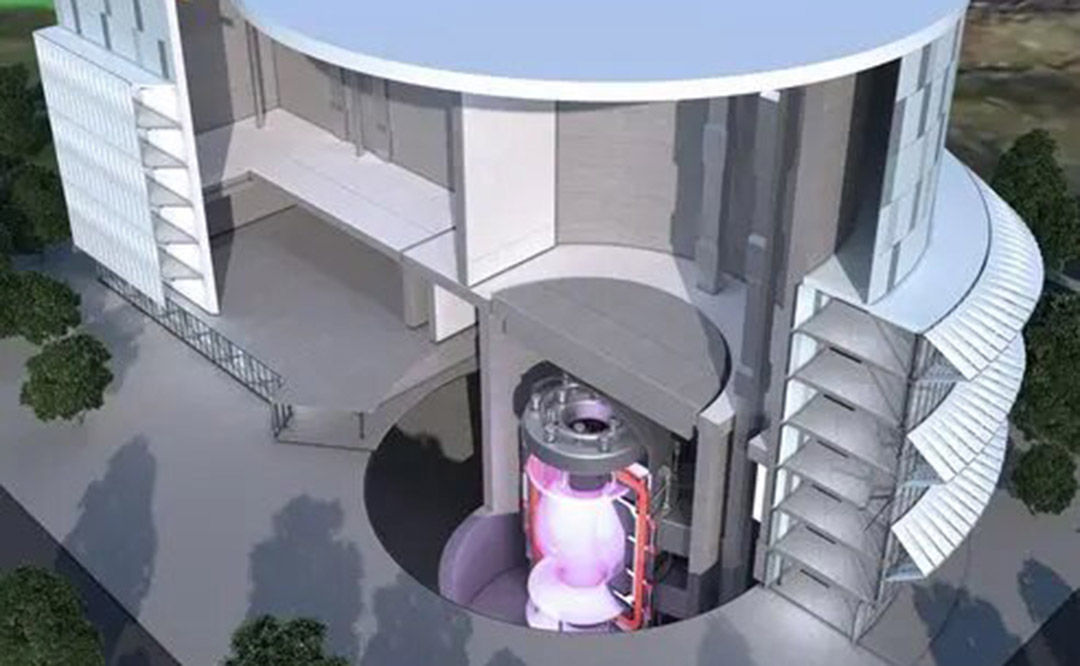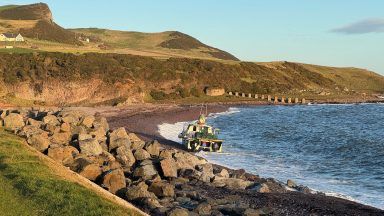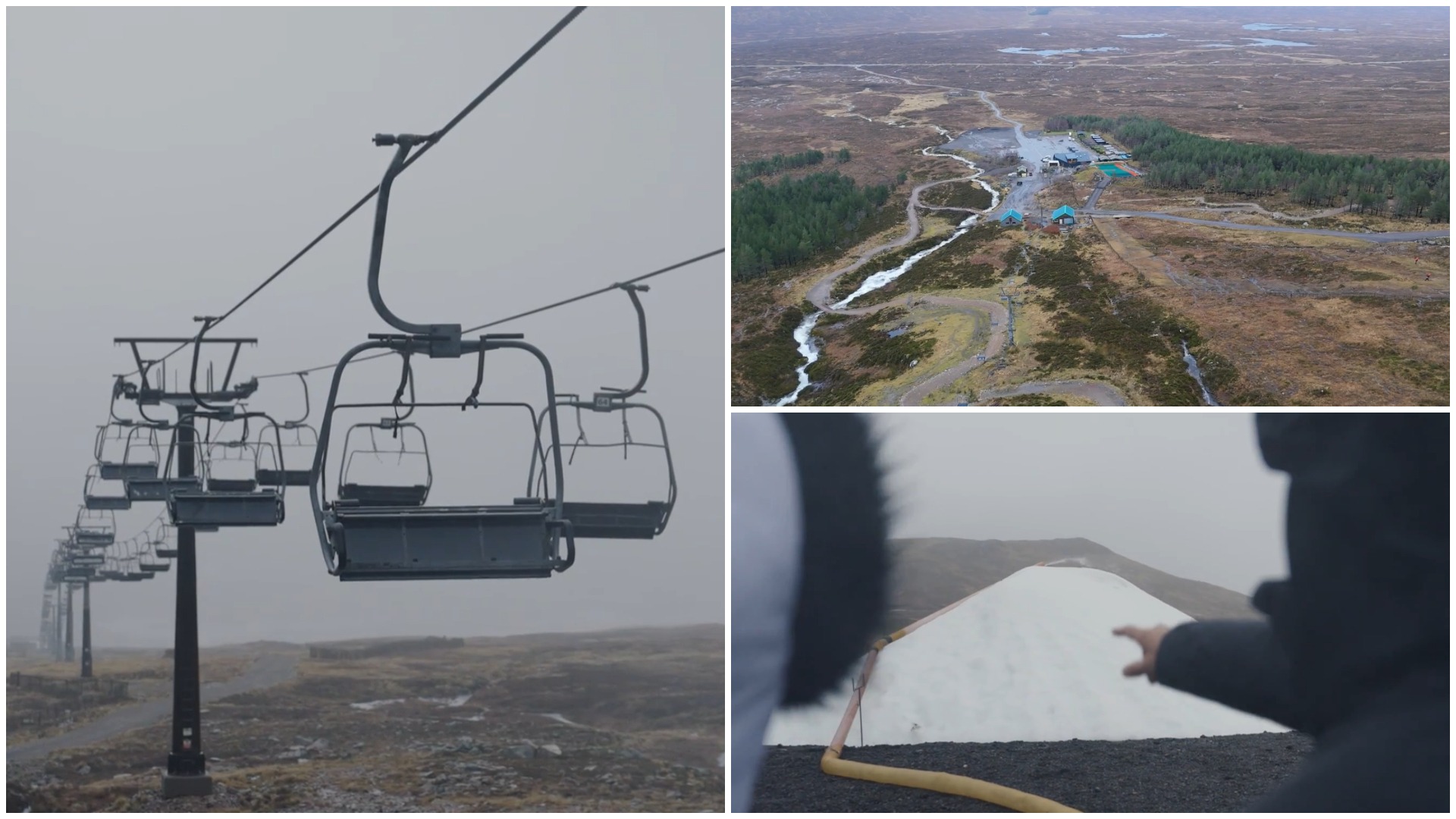Highland councillors have given broad support to an ambitious proposal to build a prototype nuclear fusion power plant in Caithness to replace the decommissioned Dounreay atomic power station.
The local authority hopes the site will host the pioneering project.
Fusion has been a global hope for decades. The envisaged technology is thought to offer “almost limitless clean energy”.
The process, which happens inside the Sun, creates energy by forcing atoms together as opposed to standard nuclear reactors that rely on fission – breaking atoms apart. Fusion is widely viewed in science circles as safe and clean but has so far proved impossible to harness.
The UK Government is currently pinpointing potential sites for a prototype commercial reactor.
Highland councillors argued that Dounreay near Thurso would be the perfect place.
Its fast reactor was the first to produce electricity for public consumption in 1962. The power station has been decommissioned. Meanwhile, work is continuing to find ways to preserve and create jobs in the far north of Scotland.
The Chapelcross nuclear site in Dumfries and Galloway, and Ratcliffe-on-Soar coal power station in Nottinghamshire, are likely rival locations.
With a bid deadline of March 31, the UK Atomic Energy Authority has announced an open competition for a community to host a prototype.
It will make a recommendation to the UK Energy Secretary on what it considers the most suitable candidates.
A council officer’s report said the project offered potential “significant long term economic benefits,” with available UK Government funding of £222m for the concept design stage.
Council officials concluded that such a prospect for Caithness would be “a major boost to the north economy,” and benefit generations to come.
There was cross-party support for a Caithness bid.
Caithness committee chairwoman Nicola Sinclair said: “This proposal has the full support of the area committee and we’re ready to move it forward with pace.”
Independent Nairn councillor Laurie Fraser, however, voiced concern.
He told colleagues: “If you’re building a power supply, you usually build it close to the point at which you’re going to use the electricity.
“My understanding is that you’ve got all these windfarms up there – and tidal farms – and, at the present time, you’re virtually at capacity with your overhead lines and distribution system. Are you going to end up with another (Beauly to) Denny powerline going through the Highlands?
“You’ve got to distribute this electricity if you do eventually make it, after 20-30 years.”
Follow STV News on WhatsApp
Scan the QR code on your mobile device for all the latest news from around the country


 UK Atomic Energy Authority
UK Atomic Energy Authority























